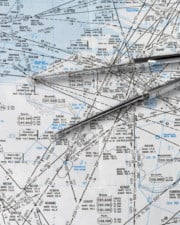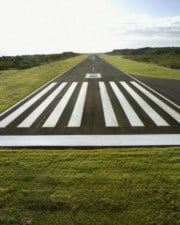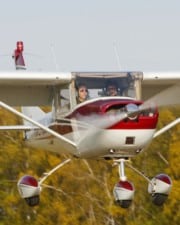As professional pilots progress through their careers, they earn increasingly higher grades of certificates or pilot licenses. In the United States, pilot certification is handled by the Federal Aviation Administration.
Table of Contents
What is an ATP?
ATP stands for airline transport pilot.
The pinnacle of a pilot’s career is when they earn their ATP. The airline transport pilot certificate is sometimes called the doctorate of aviation and shows a pilot who has reached the highest levels of certification. To work as a pilot for a scheduled or charter airline, a pilot must possess an ATP.
How To Get an ATP
1. Private Pilot Certificate
Pilots looking to make a career of flying usually begin by getting their private pilot certificate. This license requires about 40 hours of flight training to be logged and is the first step in a life-long career of learning. While the private pilot program is a great starting point, it does not allow a pilot to get a job flying. Pilots must continue their flight training and continue building flight hours and experience.
2. Commercial Pilot Certificate
The next major stepping stone along the way is the commercial pilot certificate, which requires around 250 hours of flight time to complete. Some of this flight time is done in simulators, and some structured training programs can be done a little bit quicker. But once a pilot has passed their commercial pilot check ride, they can get paid to fly.
Still, most airlines and charter companies are not going to leap at applicants who have only just graduated flight school. A lot depends on the company and how competitive the pilot applicant pool is, but most organizations require even their copilot (first officer) applicants to have 1500 hours or more.
3. Building Flight Time
To continue building flight time to land that dream job, pilots often pursue a flight instructor certificate. There are no minimum times to become a flight instructor other than the applicant must be a commercial pilot as well. As a result, this makes a great first job for pilots looking to make careers out of aviation.
For airline-bound pilots, flight instruction usually provides a means of making some money and building some flight time, all while doing something they love. Some pilots continue flight instruction until they have 1,500 hours or so, at which time they are eligible to take the ATP checkride. Other pilots may apply to airline jobs first, and then take the checkride during their training at the airline.
Either way, to get an ATP certificate, the pilot must have 1,500 hours in their logbooks and pass written and practical exams.
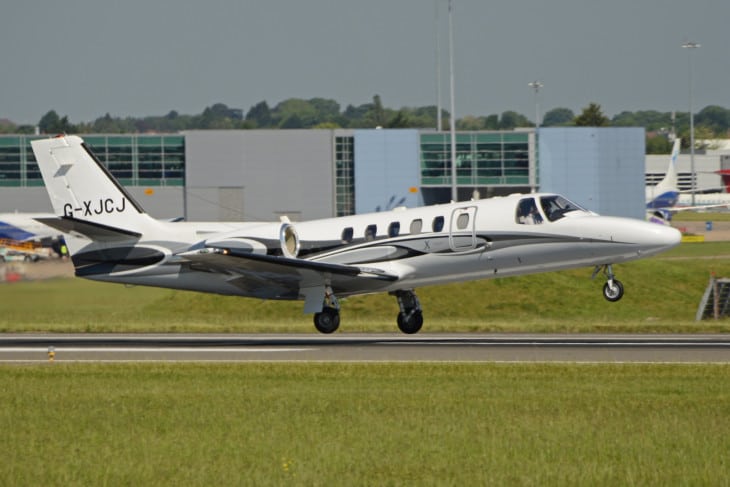
The Perks of Becoming an ATP
An ATP certificate is required to work in the cockpit at an airline or charter company. The Federal Aviation Regulations (FARs) spell out the specific requirements, and airlines operate under FAR Part 121 while charter companies work under FAR Part 135.
The ATP license has always been a watershed in the career of a pilot, a passing of the baton from apprenticeship to mentor. Aviation has long centered on this relationship by having older experienced captains work alongside younger copilots. Many ATPs use their experience to help train their peers. ATPs are allowed to instruct other pilots with the same category and class ratings.
Requirements for an ATP
Many people are surprised to learn that many new ATPs have never flown a big airliner. Most have built hours in small flight training aircraft like Cessnas and Pipers.
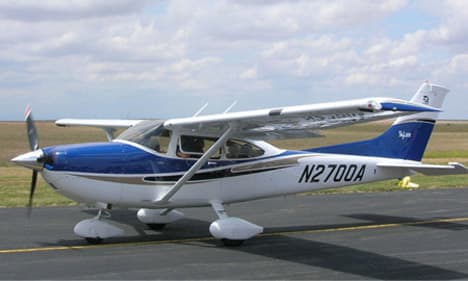
The ATP is issued with ratings for specific aircraft types, just like other grades of pilot license. An ATP can be issued for airplanes, rotorcraft, lighter-than-air, and gliders. There is no instrument rating for the ATP since an instrument rating is a requirement to get it. The ATP checkride includes instrument skills.
In addition to building the requisite flight hours, applicants must be 23 years old before their checkride, be of sound moral character, and be able to speak, understand, and converse in English. They must pass a written exam and a practical exam, which consists of both an oral exam and a flight exam given by an FAA representative.
If you’d like to see a full list of the requirements for the airline transport pilot certificate, check out FAR Part 61 Subpart G.
Restricted ATP
In 2015, the FAA changed the rules that airlines follow when hiring pilots. Previously, copilots only needed to have commercial pilot certificates before beginning their airline careers, and therefore only 250 hours. With the rule change, even the first officer must now possess an ATP and 1,500 flight hours.
The change meant a hiring crunch at some airlines who had been depending on lower-time pilots to fill those positions. To alleviate this concern, the FAA created a Restricted ATP program that could be issued to graduates of collegiate training programs (CTP) with as little as 1,250 hours. This accelerated the path to the flight deck for some young pilots.
For a list of approved institutions of higher education that offer CTP Restricted ATP programs, see the FAA’s ATP website.
Related Posts


